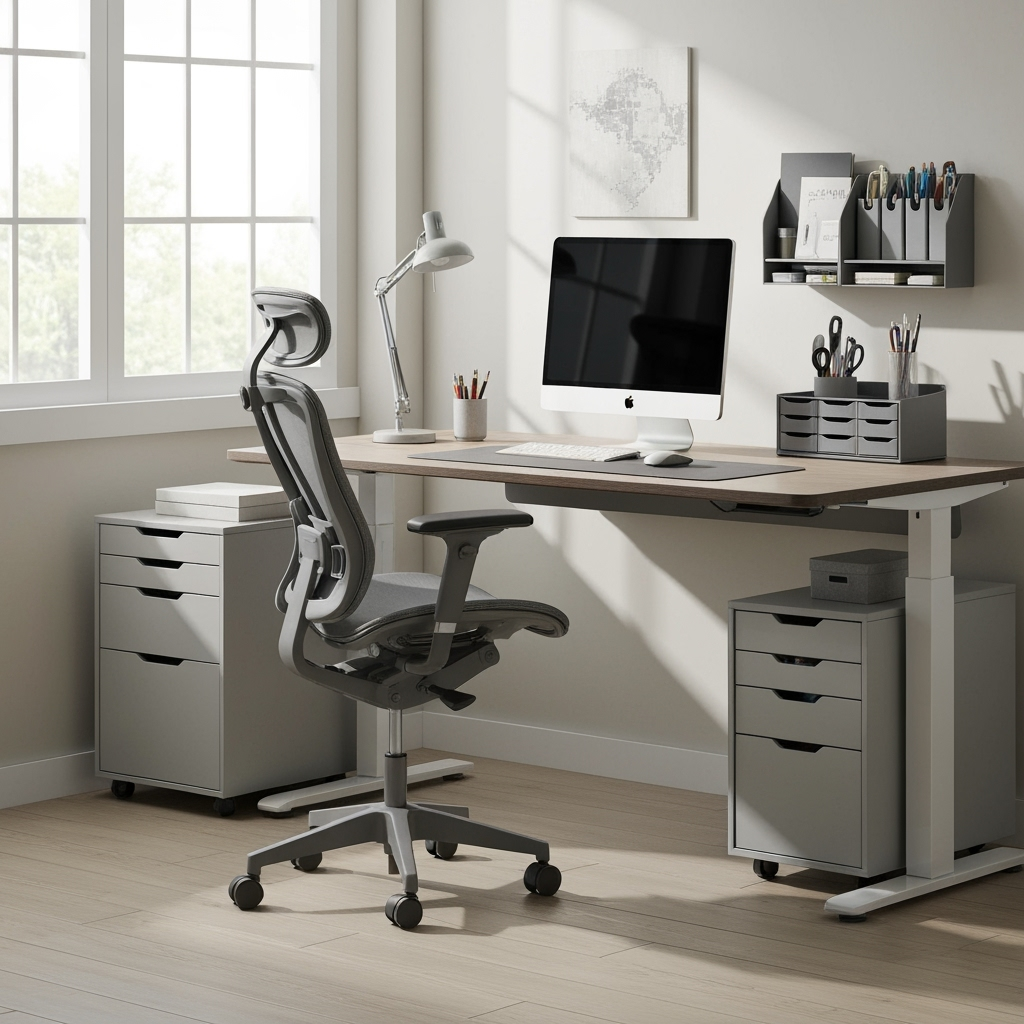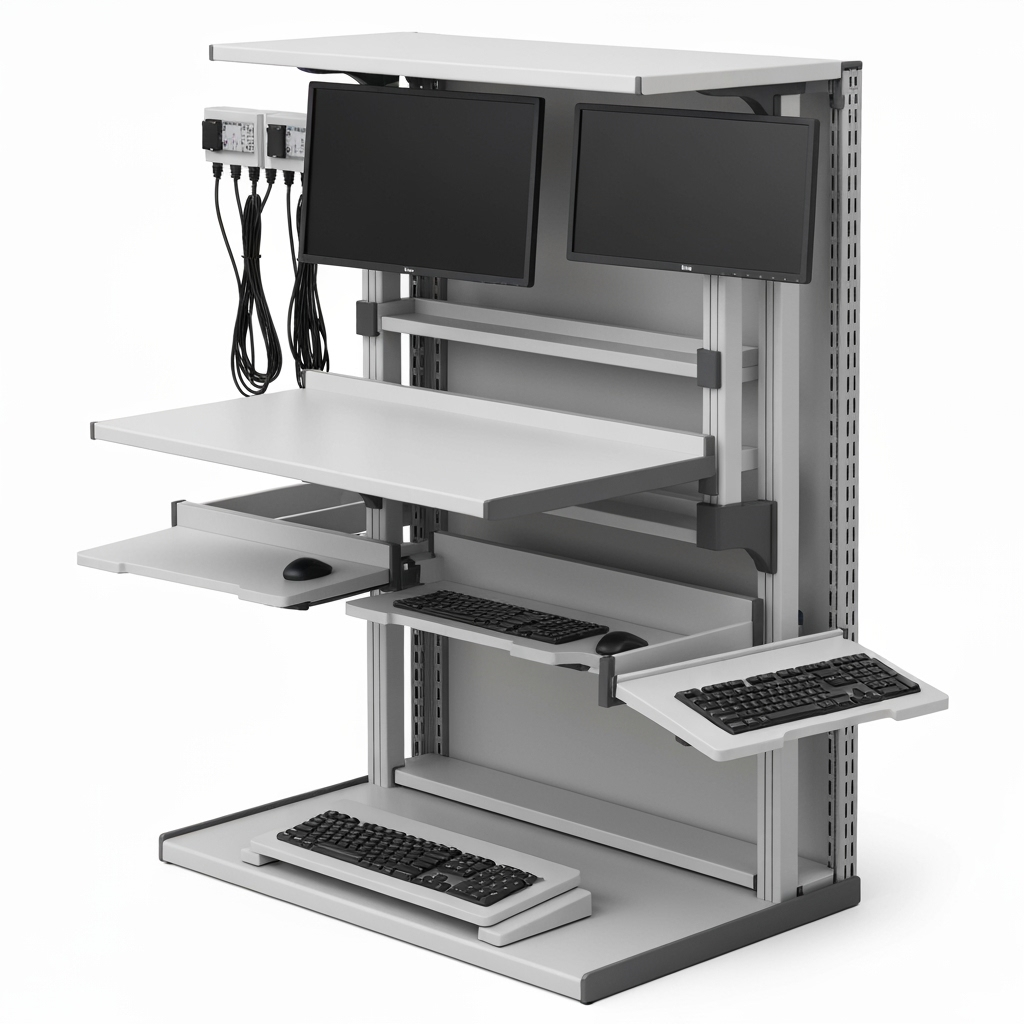The Growing Importance of Ergonomic Equipment Storage
As remote work becomes a permanent fixture in our professional lives, the investment in ergonomic equipment has become essential for maintaining health and productivity. However, proper storage and organization of these valuable tools are often overlooked aspects of creating a sustainable home office environment.

Understanding Your Ergonomic Equipment Storage Needs
Before diving into storage solutions, it’s crucial to inventory your ergonomic equipment:
- Adjustable chairs and standing desk components
- Monitor arms and stands
- Ergonomic keyboards and mice
- Footrests and anti-fatigue mats
- Lumbar support cushions and accessories
Smart Storage Solutions for Different Equipment Types
Each piece of ergonomic equipment requires specific storage considerations to maintain its functionality and longevity:
1. Large Equipment Storage
For items like ergonomic chairs and standing desks:
- Use climate-controlled storage for long-term protection
- Keep adjustable parts in their neutral position
- Cover items to prevent dust accumulation
- Store in spaces with stable temperature and humidity

2. Small Equipment and Accessories
For keyboards, mice, and smaller items:
- Use drawer organizers with proper padding
- Implement cable management solutions
- Create designated spaces for each item
- Label storage areas for quick access
Maintaining Equipment Quality Through Proper Storage
Proper storage isn’t just about organization—it’s about protecting your investment:
Temperature and Humidity Control
- Keep equipment in climate-controlled environments
- Avoid direct sunlight exposure
- Monitor humidity levels to prevent damage
- Use dehumidifiers if necessary
Creating an Ergonomic Storage System
Implement these strategies for an efficient storage system:
1. Accessibility Planning
- Store frequently used items within easy reach
- Create zones based on usage frequency
- Implement modular storage solutions
- Consider mobility needs for adjustable equipment
2. Regular Maintenance Schedule
- Clean equipment before storage
- Check for wear and tear regularly
- Rotate stored items periodically
- Document maintenance activities
Space-Saving Storage Solutions
Maximize your workspace with these storage ideas:
- Vertical storage systems for larger items
- Under-desk storage for accessories
- Wall-mounted solutions for cables and small equipment
- Modular storage units that can adapt to changing needs
Best Practices for Long-Term Storage
When storing ergonomic equipment for extended periods:
- Clean and sanitize all items thoroughly
- Use appropriate packaging materials
- Document assembly instructions and settings
- Create an inventory system
- Consider climate-controlled storage units for valuable equipment
Conclusion: Investing in Your Health Through Proper Storage
Proper storage of ergonomic equipment is an investment in both your health and the longevity of your tools. By implementing these storage solutions and maintenance practices, you’re creating a sustainable, healthy remote work environment that will serve you well into the future.










Leave a Reply